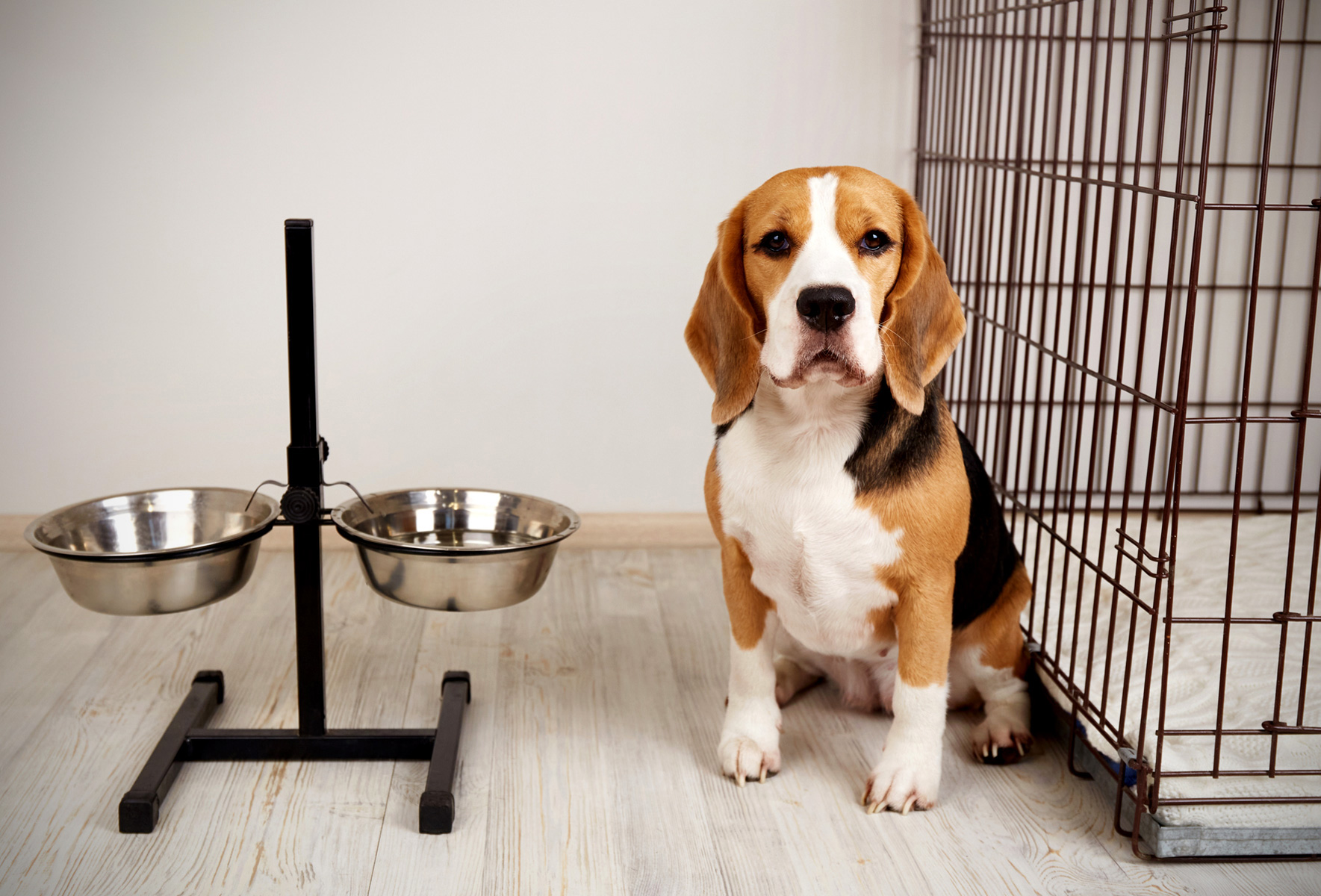Nine out of 10 American pet owners believe their animal is part of the family, so the anxiety over leaving our precious pets at day care or a kennel is understandable.
This phenomenon even has a name—”pet-related guilt“—with levels rising as dog owners return to office post-pandemic.
But does your dog mind when you drop them at day care or head off on vacation? Leigh Siegfried, CEO and founder of Opportunity Barks, told Newsweek what your dog really thinks when you leave them behind.
iStock / Getty Images
What Does Your Dog Think When You Leave Them at Day Care?
It’s normal for dogs to be anxious and hesitant in a new environment. The first time you leave them at day care, you can expect your pet to feel uncertain, confused and a little sad. “There is an acclimation period to new spaces, people and dogs,” Siegfried said.
Your pet might also feel curious and excited by the prospect of making new friends, but how quickly a dog adapts will depend on their personality. Naturally social or friendly dogs will find it easier to settle in, while more-anxious canines will need a longer time to adjust.
That’s why choosing the right day care is crucial, from the location to the daily schedule. If these have been arranged to meet your dog’s needs, then day care can be beneficial for their mental health.

Hero Images/iStock/Getty Images Plus
When it comes to the location, Siegfried said it’s best to choose a spot with lots of space to run around, but one that also has crates and cool dark places for relaxation. A clear structure to your pet’s day is also important, with time for play, naps and downtime. “The structure will help your dog to feel comfortable and confident in those environments,” Siegfried added.
If these measures aren’t in place, even the most-social pet can become overstimulated. Familiarity is also important. Taking your dog to the same day care each time can turn it into an exciting experience rather than a feared one.
“Initially, dogs should be like, ‘Mom/Dad, don’t leave me,’ but after a while, most dogs should walk happily right into a building,” Siegfried said.
Although day care can be fun for your pet, Siegfried recommended no more than two to three days a week for puppies and dogs under 1-year-old.
“I know a lot of working owners rely on day care as a place to pop their dog in during the day, but it can just become too much for them,” Siegfried said.

Hero Images/iStock/Getty Images Plus
What Does Your Dog Think When You Leave Them at a Kennel?
Owners are often nervous about leaving their dogs for a long stretch of time. However, the animal’s reaction will depend on the facility and how well the owner has prepared their dog for kennel-living.
“It’s like going to summer camp,” Siegfried said. “It’s an unfamiliar place with new people.”
Not every dog will be anxious about being left at a kennel. Those that are used to different activities and environments may appreciate the novelty, especially if your pet loves people and the facility provides plenty of human interaction.
However, sensitive dogs could find the situation more difficult, especially if they’re not used to other animals or people, or haven’t been confinement-trained in a crate.

AwaylGl/iStock/Getty Images Plus
“If the dog has no experience in confinement, such as a crate or carrier, then their nervousness will be amplified,” Siegfried said.
Your pet may also take their anxiety out on other animals, leading to accidents and injuries—especially if your dog has a history of resource guarding or aggressive behavior.
To help alleviate stress for both you and your pet, Siegfried recommends vetting the location thoroughly beforehand. Anxious dogs may benefit from a “low-touch” environment with limited access to strangers. A sociable pet that needs lots of attention would be more suited to a kennel with scheduled playtimes and lots of interaction.
The size of the facility also has an impact, with high-capacity locations more likely to be overwhelmed.
Once you’ve chosen the location, Siegfried said it’s good to buy supplements or fast-acting, anxiety-reducing medication from a veterinarian, as well as probiotics for gut support. Bringing along your dog’s favorite toy or an item that smells like you can also help.

Akarawut Lohacharoenvanich/iStock/Getty Images Plus
Like day care, taking your dog to the same kennel every time you go on vacation creates a sense of familiarity and makes the visit much less intimidating. However, for older dogs or those with behavioral or health issues, Siegfried said in-home care is a better option.
“It’ll just make them more comfortable,” she added. “Even a well-run facility can be chaotic for an older or sick pet.”
Although your dog may be confused the first time you leave them at a day care or kennel, repeat visits make it clear that you’ll always come back for them.
“Most dogs will be overjoyed to see their people,” Siegfried said. “It’s ears back, tail wagging, jumping-all-over-them surprise and delight.”
Do you have funny and adorable videos or pictures of your pet you want to share? We want to see the best ones! Send them in to life@newsweek.com and they could appear on our site.















